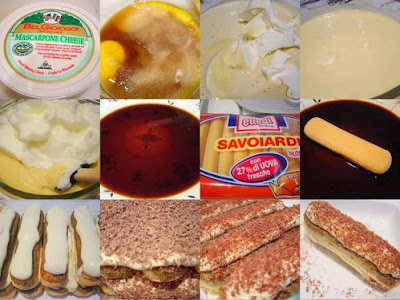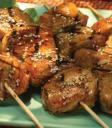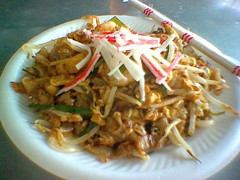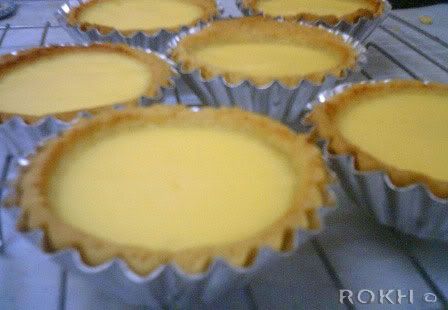~adapted from Williams-Sonoma: Dessert, by Abigail Johnson Dodge
Cake:
1 cup flour
3/4 teaspoon baking powder
1/4 teaspoon salt
4 large eggs, at room temperature
2/3 cup sugar
1 1/4 teaspoons vanilla extract
Syrup:
(These proportions are doubled to allow for a properly soaked cake)
1 cup water
2/3 cup sugar
4 tablespoons Bailey’s Irish Cream (or dark rum)
4 teaspoons instant espresso powder (can be found in coffee aisle of grocery stores)
Cream filling:
6 large egg yolks
1/3 cup sugar
1/4 cup Bailey’s Irish cream (or dark rum)
1 tablespoon instant espresso powder
1/2 (4 oz.) cup heavy cream
1 1/2 cups (12 oz.) mascarpone cheese
1 1/2 teaspoons vanilla extract
Chocolate curls for garnish
Unsweetened cocoa powder for garnish
Directions:
Preheat oven to 350 degrees. Lightly grease and flour the bottom of a 9-inch springform pan.
Cake:
In a bowl, whisk the dry ingredients.
In a different bowl, with a mixer at medium-high speed, beat the eggs for about 3 minutes, until pale and thick. Add the sugar and vanilla and continue beating until tripled in volume and very thick, about 3 more minutes.
Sprinkle the dry ingredients over the wet ingredients, and fold with a rubber spatula until gently blended.
Pour into prepared pan and bake for about 30 minutes, until the cake springs back when lightly touched. Let cool 15 minutes, run a knife around the inside of the pan, invert the cake, remove the pan, and let the cake cool completely.
Syrup:
Combine water and sugar in a small saucepan over medium heat, stirring frequently until the sugar dissolves. Bring to a boil, remove from the heat, and stir in the Bailey’s and the espresso powder. Set aside to cool.
Cream Filling:
The filling is made in the top of a double-broiler. (If you don’t have a double-broiler, like me, set a metal bowl on top of a saucepan with barely-simmering water. Make sure the water does not boil.) Whisk together the egg yolks, sugar, Bailey’s, and espresso powder.
Use a hand-held mixer to to beat the mixture for 6 minutes, until very thick. Remove from heat and cool completely.
Using the mixer on high speed, beat the cream until stiff peaks form when the beaters are lifted.
When the yolk mixture is cooled to room temperature, add the mascarpone and vanilla. Beat until smooth. Using the rubber spatula, fold in the whipped cream.
Assembly (Whew! You’re almost there!):
Cut the cake horizontally into 3 layers.
Put one layer back into the springform pan. (Or, remove the bottom of the springform pan, close the ring, and set the ring onto a serving plate. Place one layer inside the ring. With this way, I can’t assure you that the syrup won’t leak out from under the ring.)
Brush with some of the syrup, so the cake is soggy and saturated.
Scoop one third of the cream filling and spread evenly.
Place another cake layer on top of the filling, brush with syrup, and spread with filling.
Place the third layer of cake on top, brush with syrup, and spread the remaining filling on top.
Gently tap the pan against the counter to settle its contents, then cover with plastic wrap and chill for at least 6 hours or up to overnight (FYI- it’s still delicious if ou can’t wait that long.)
When ready to serve, remove sides of the springform pan. Garnish with chocolate curls, then dust with cocoa powder. Slice and serve. Watch out for little, bitter, impy leprechauns who might be trying to trip you and ruin your O’Tiramisù experience.









